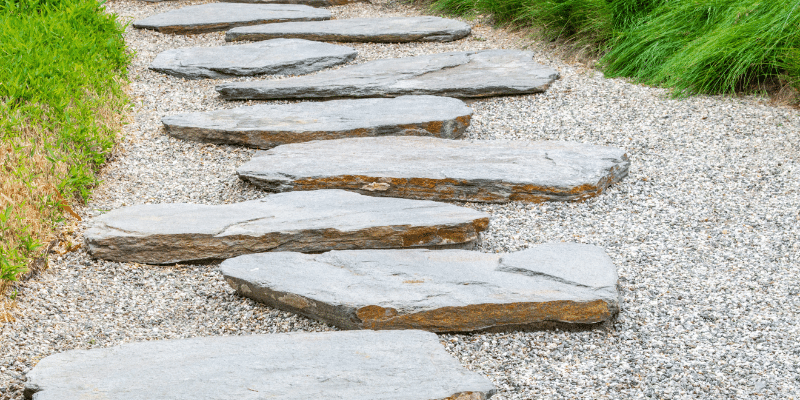hello world!

When it comes to building pathways and driveways, one of the most common challenges is figuring out how much gravel or stone you need. Misjudging the amount can either leave you short of material or result in costly excess. In this blog, we'll guide you through a step-by-step process to accurately calculate the gravel and stone quantities for your project.
The first step in calculating the right amount of gravel or stone is to measure the area where you'll apply the material. For pathways and driveways, the area is usually rectangular, but you may have irregular shapes or curves that need extra attention.
Example: A driveway that is 20 feet long and 10 feet wide has an area of 200 square feet.
For circular or curved pathways, use the formula for the area of a circle (Area = π × Radius²) to determine the square footage.
Once you have the area, the next factor to consider is the depth of the gravel or stone layer. For most driveways and pathways, a depth of 2 to 3 inches is standard. However, for high-traffic areas, you may want to go deeper, up to 4 inches.
With the area and depth figured out, you can now calculate the volume of gravel or stone you'll need. The volume is measured in cubic feet, but suppliers often sell gravel and stone by the cubic yard. Here's the formula for converting square footage to cubic yards:
To convert cubic feet to cubic yards, divide by 27 (since 1 cubic yard = 27 cubic feet).
Example:
If you have a 200-square-foot driveway and you plan to lay a 3-inch (0.25-foot) depth of gravel:
You will need approximately 1.85 cubic yards of gravel for your project.
Gravel and stone will compact over time, especially in high-traffic areas like driveways. To account for this, it's a good idea to order slightly more than your calculated volume. Adding an extra 10-15% ensures you have enough material, even after settling.
For instance, if your project requires 1.85 cubic yards of gravel, consider ordering around 2.1 cubic yards to account for compaction.
Not all gravel and stone are created equal. Different types of aggregates have varying densities and uses. Here's a quick overview of common options for pathways and driveways:
Make sure you choose the right material for your project's needs and budget. Hamilton Builders' Supply can help you determine the best option for your specific requirements.
Here are some common errors to avoid when calculating material quantities:
Now that you know how to accurately calculate the amount of gravel and stone you need for your driveway or pathway, you're ready to start your project with confidence.
At Hamilton Builders' Supply, we offer high-quality gravel, stone, and other landscaping materials to ensure your project is a success. Contact us online or visit one of our locations to speak with our knowledgeable staff. We're ready to help you bring your landscaping vision to life!